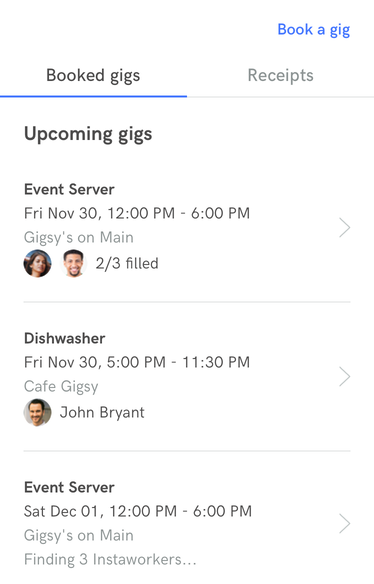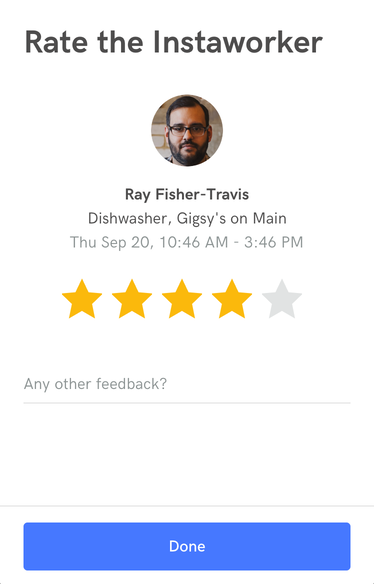Serve your app as XML
On the web, pages are rendered in a browser by fetching HTML content from a server. With Hyperview, screens are rendered in your mobile app by fetching Hyperview XML (HXML) content from a server. HXML's design reflects the UI and interaction patterns of today's mobile interfaces.

Work with any backend web technology
Use battle-tested web technologies like Django, Rails, or Node. Any HTTP server can host a Hyperview app. You can even deploy your app as a collection of static XML files if you want!

Update your apps instantly by deploying your backend
Say goodbye to slow release cycles and long app store review times. With Hyperview, your backend controls your app's layout, content, and available actions. This means you can update any aspect of your app with a server-side change. True CI/CD is finally attainable for mobile development.

Forget about API versioning and backwards compatibility
Unlike traditional native apps, every user always runs the most recent version of your code. With no version fragmentation, you can be more productive by eliminating the need to support and maintain older app versions.





